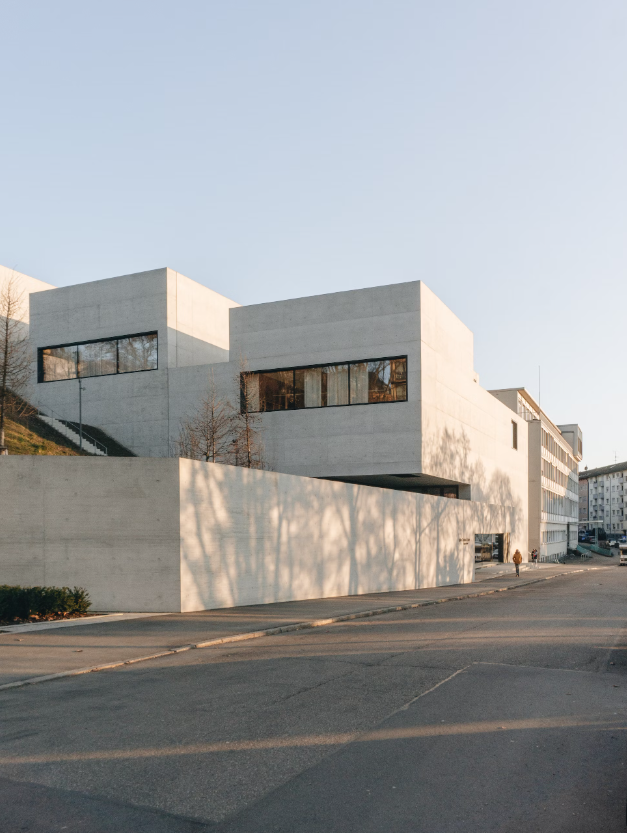Having developed a passion for fine art at an early age, Jeremy Casson attended one of the UK’s top art conservation courses while studying at university. Today, he runs his own practice mentoring other conservators. From the Greek and Roman classic...
Having developed a passion for fine art at an early age, Jeremy Casson attended one of the UK’s top art conservation courses while studying at university. Today, he runs his own practice mentoring other conservators.

From the Greek and Roman classic era to post-modern architecture, this article will explore a selection of European architectural styles, providing an overview of their background and key features.
Greek and Roman
Classical Greek and Roman architecture is characterised by stone posts and beam-bearing columns, with a heavy emphasis on geometry and symmetry. However, while the Greeks favoured the more rudimentary Doric column, the Romans opted to incorporate intricate decorative flourishes and ornate archways.
Running from 900 BC to the 1st century and 590 BC to the 4th century respectively, the ancient Greek and Roman architectural eras overlapped considerably, with their classic influences re-emerging time and time again in subsequent architectural styles.

Byzantine
Adding to the Romans’ use of columns and arches with impressive domed ceilings and basilica structures, the Byzantine architectural phase continued for a thousand years, running from the 4th century to the fall of the Byzantine Empire in 1453.
Originating from the imperial capital of Constantinople, this architectural style emphasised interior decoration over exteriors, frequently incorporating gold detailing and tile mosaics.

Neoclassical
As the name would suggest, neoclassical architecture harks back to Greek and Roman architectural styles, with many 18th century structures somewhat resembling ancient Greek and Roman temples. With a focus on free-standing columns, elegant lines and an uncluttered appearance, buildings from this era tend to be vast, with prime examples including the White House in Washington D.C. and the Bank of England Building in Liverpool.

Victorian
Constructed during the reign of Queen Victoria of Great Britain, this architectural style is not limited to a particular design and incorporates elements of the Tudor, Romanesque and Gothic eras.
Millions of Victorian buildings still survive throughout the UK today, with the style having been adopted in the construction of residential homes throughout the industrial revolution. Victorian houses are characterised by a typical ‘dolls house’ appearance, incorporating vivid colours, elaborate trims and asymmetrical designs.

Modern
Popular with many architects in the first half of the 20th century, this minimalist style prioritises the simplicity of form, with a clean structure, focus on functionality and distinct lack of ornamentation. The modern style took advantage of advancements in steel, concrete and glass and was embraced by some of the world’s best-known architects, including Le Corbusier and Frank Lloyd Wright.

Post-Modern
Launched in the 1960s, the post-modern design movement bucked the trend of rigidity and austerity promoted throughout the modern era, incorporating decorative embellishments and artistic elements. Post-modernism drew inspiration from a mix of architectural eras, culminating in a new generation of whimsical, hybrid creations.
Prime examples of the post-modern architectural era include the Dancing House in Prague and the Guggenheim Museum in Bilbao, Spain.















